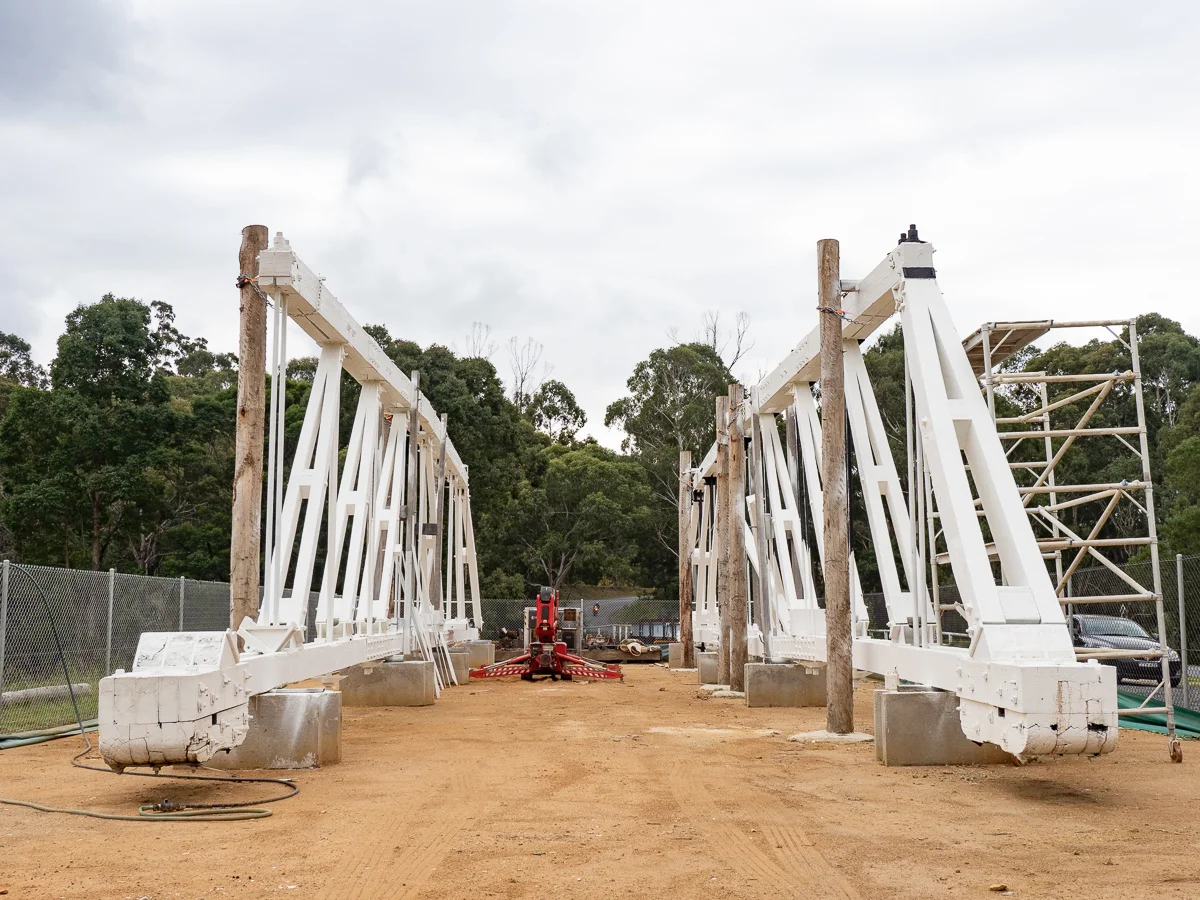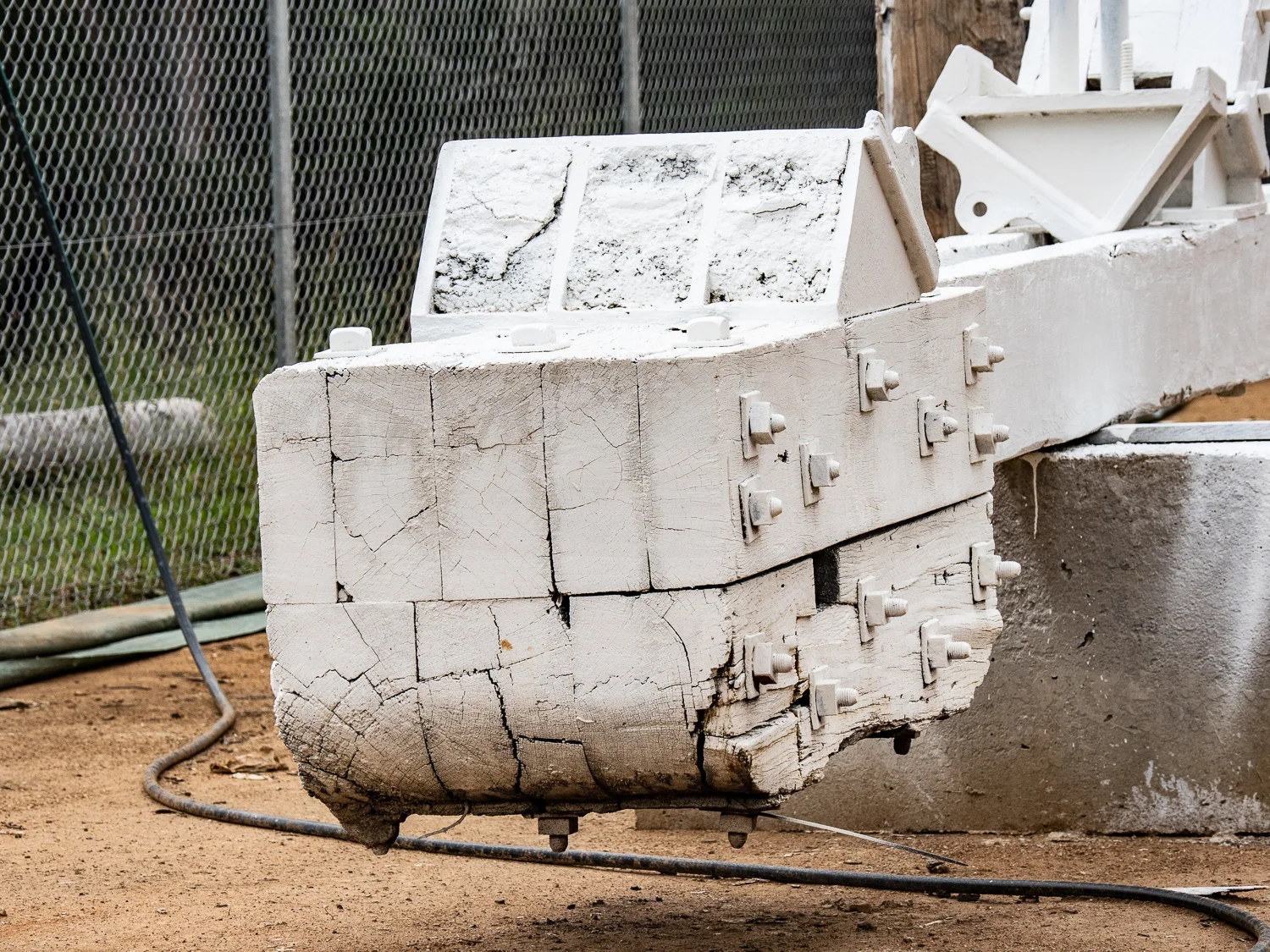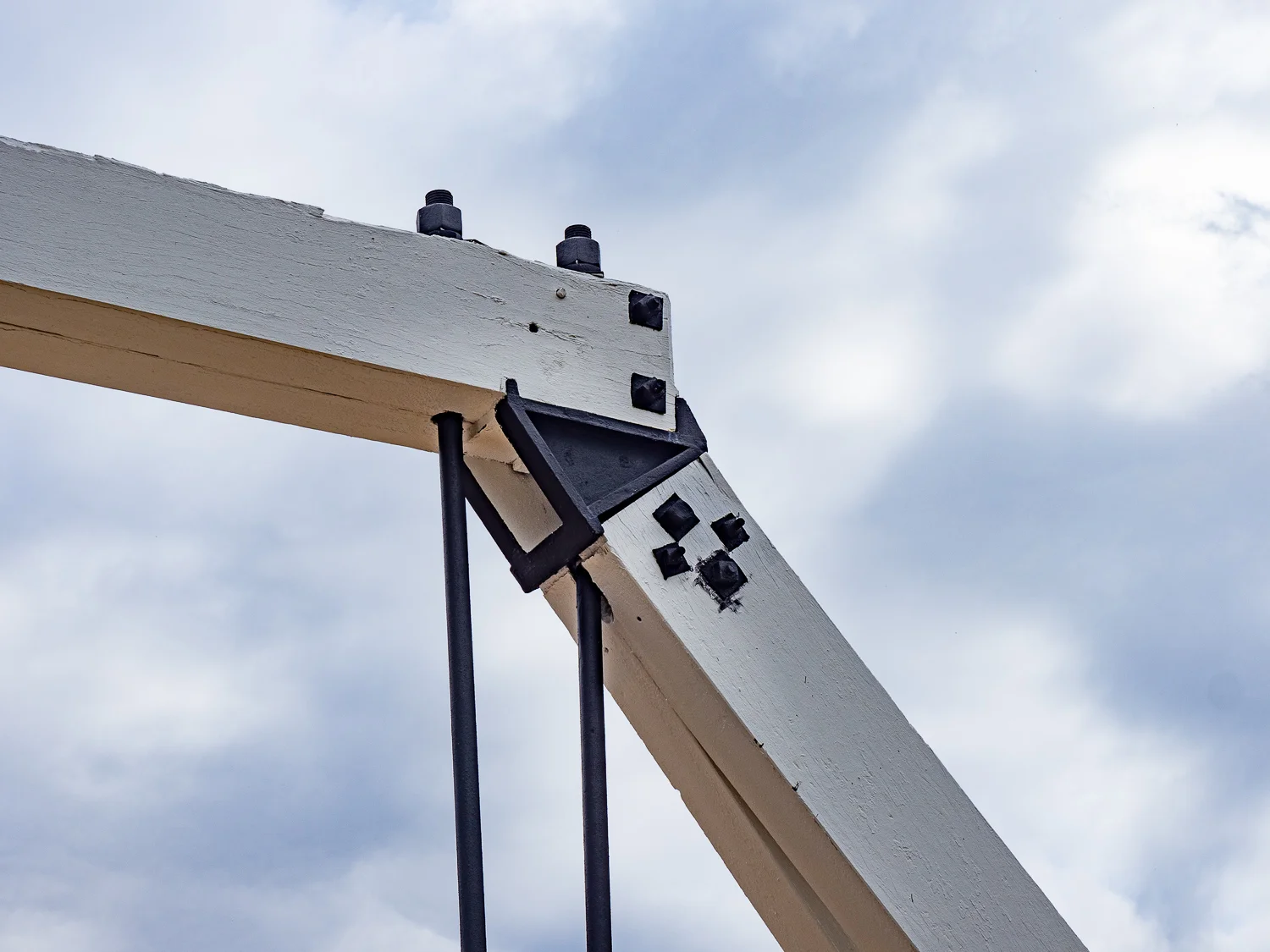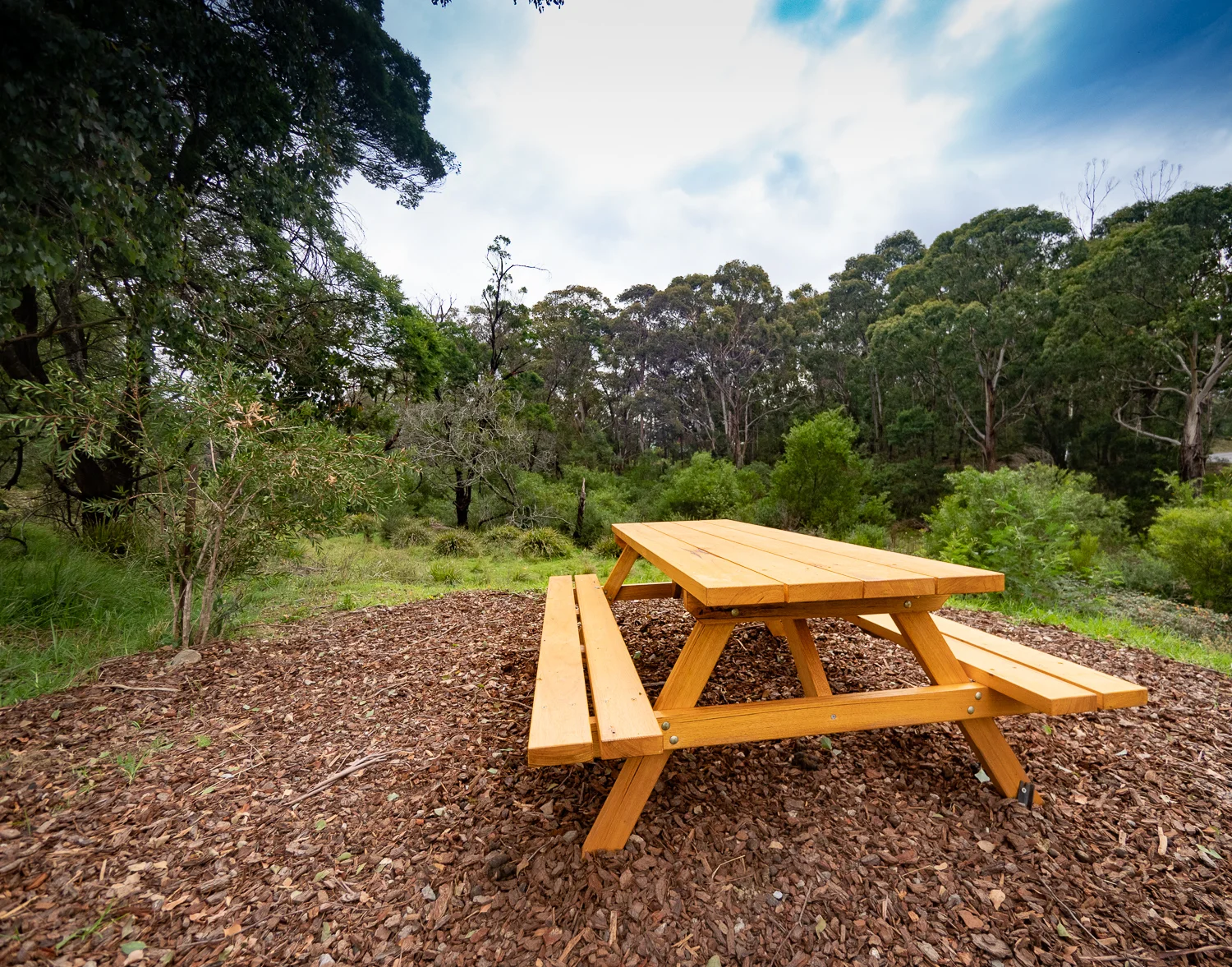Moving Forward
Modernisation with respect for the past
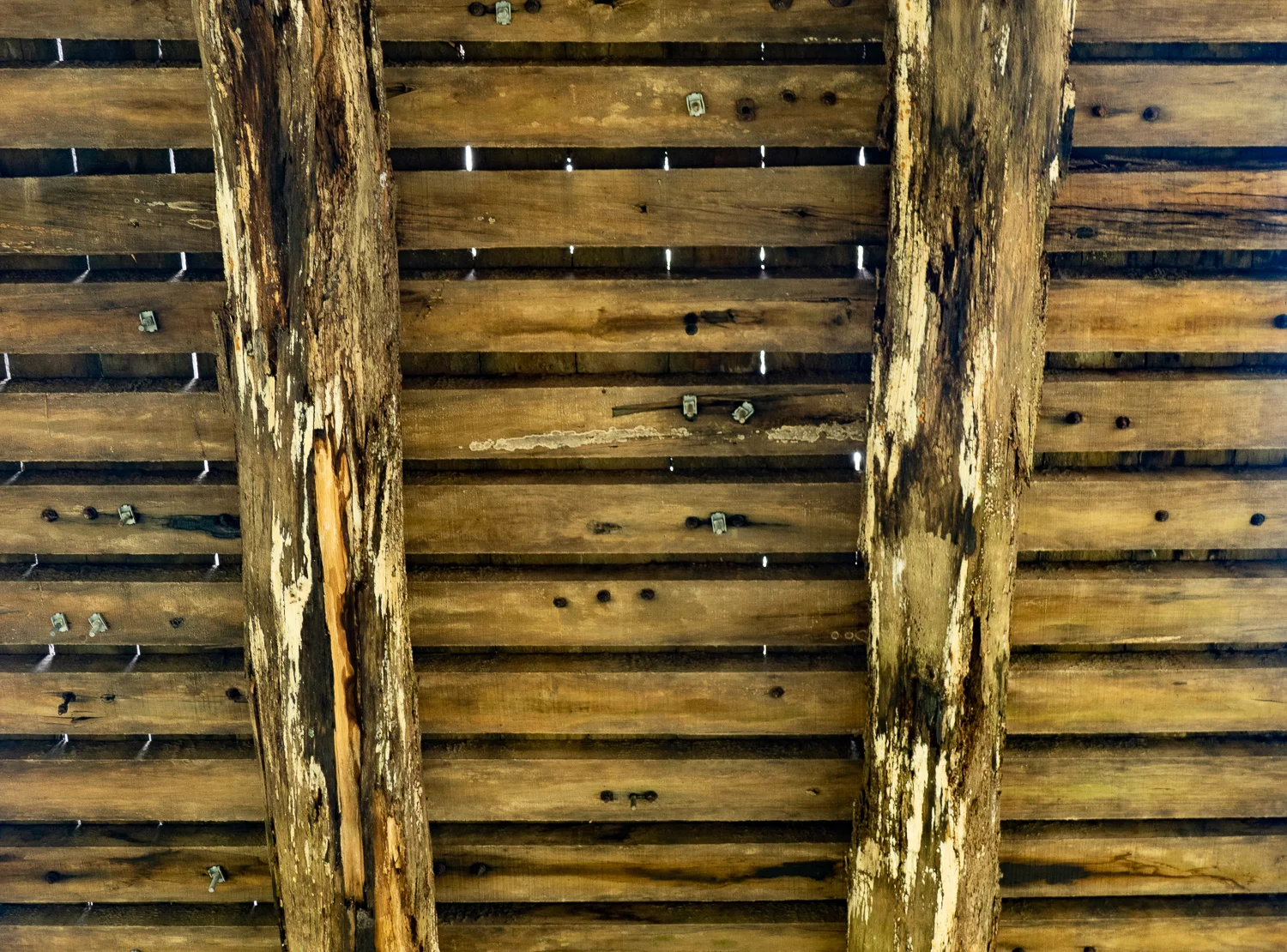
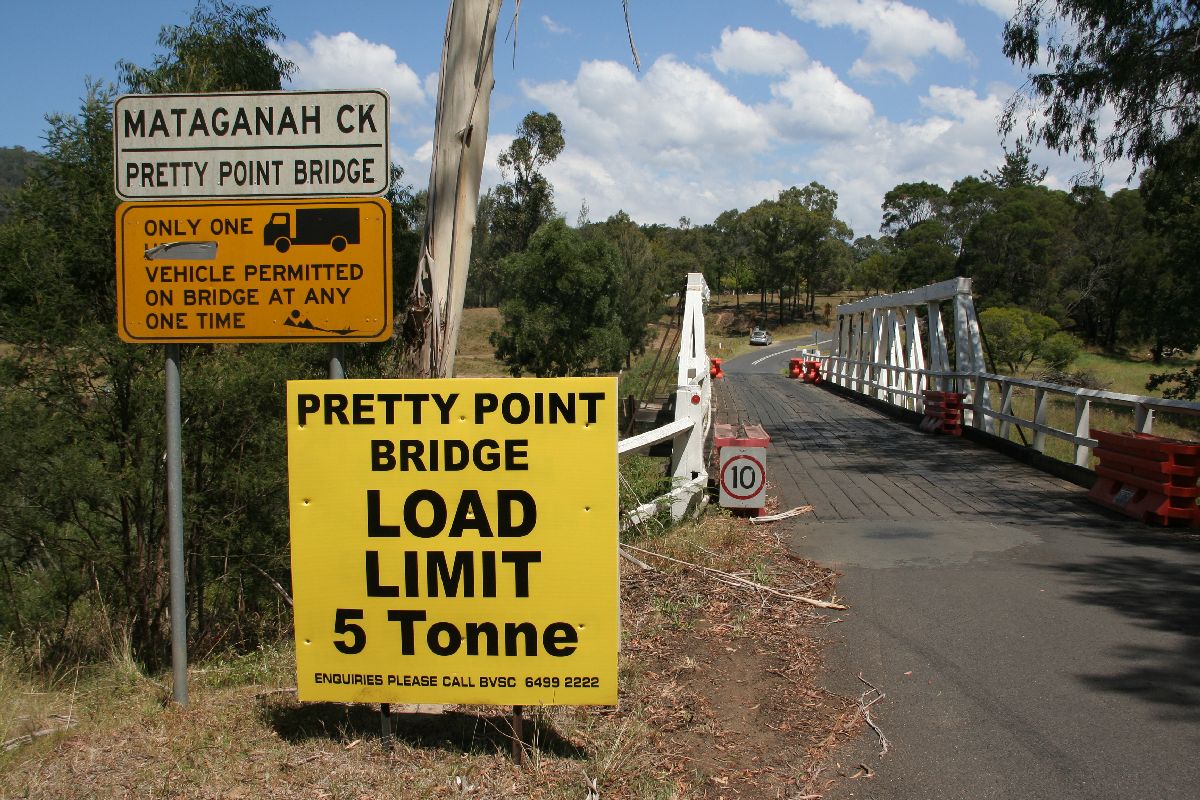
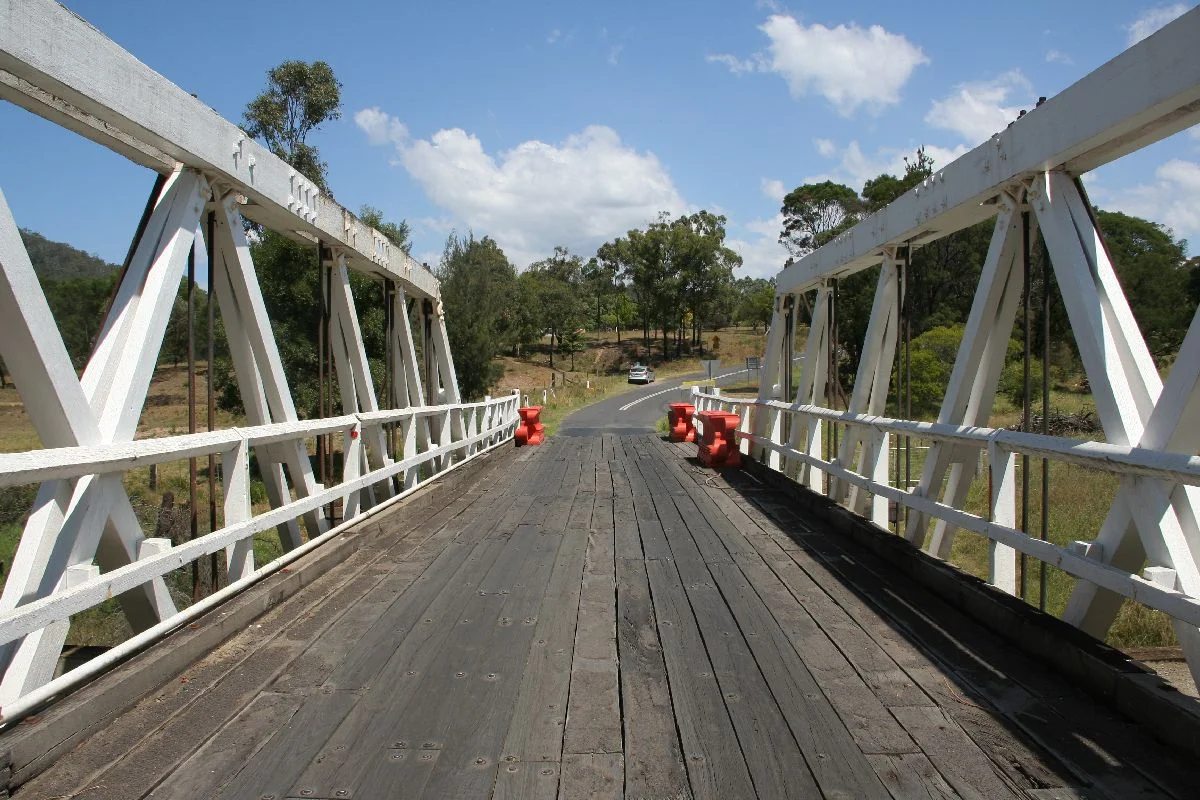
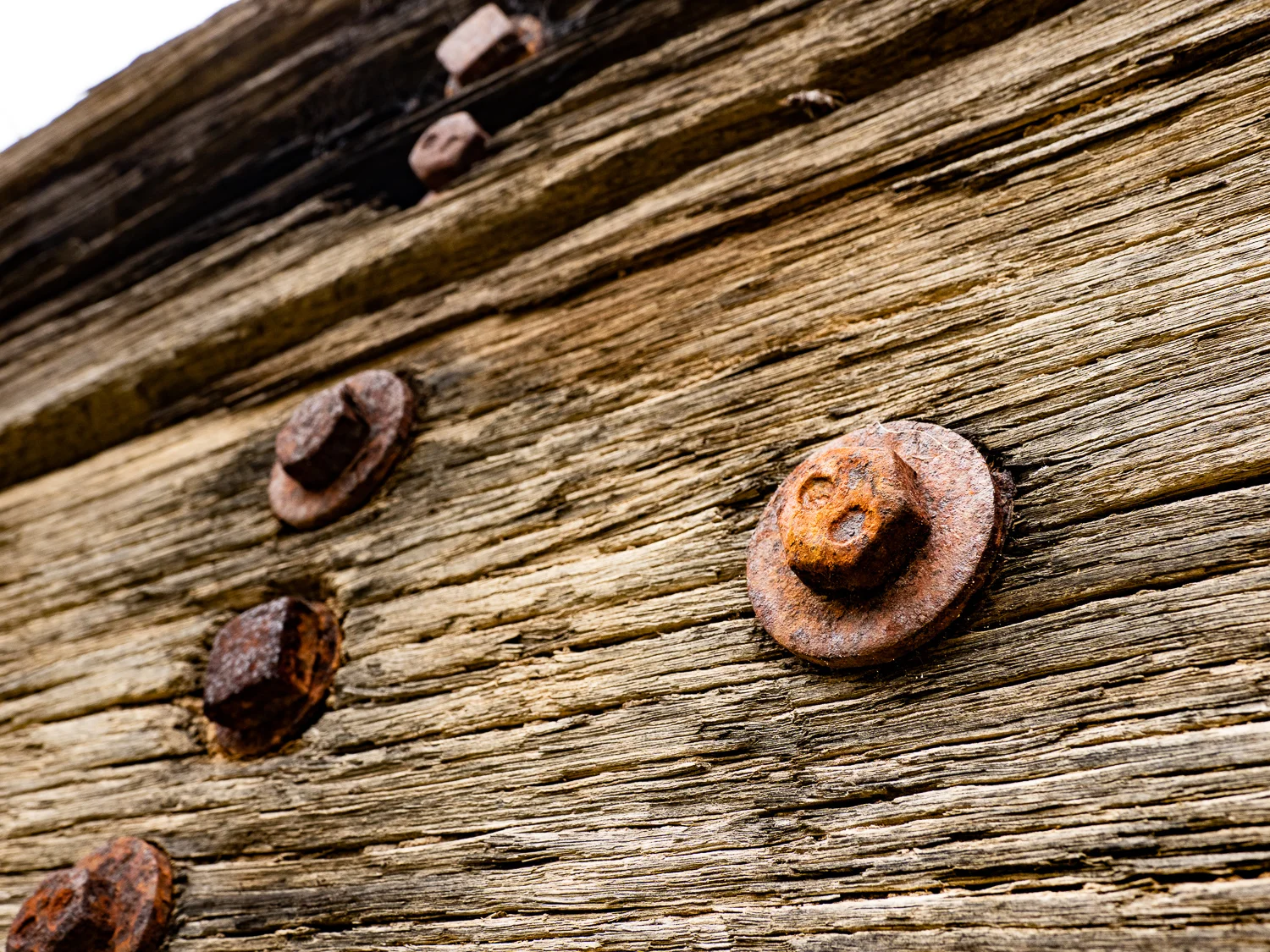
The Wyndham Progress Association intends that the timber trusses from the original Pretty Point Bridge be mounted either side the new steel bridge as first resolved by Bega Valley Shire Council in 2013.
In 2013, Bega Valley Shire Council resolved to replace the structural components of the heritage-listed Pretty Point truss bridge in steel. It was planned for the 117-year-old timber trusses to be restored and reinstated as non-load-bearing features either side of the new bridge, which would provide a tangible link to the past and the bridge's heritage. Highly valued by the locals, the old bridge was to be honoured in this way, and the Council plan was lauded by the local community.
The Council removed the trusses from the bridge in 2014, cut them in half and relocated them 2km, on the way to Bega. Several timber truss struts were unfortunately pilfered in the process and in late 2016, Council abandoned the heritage component of the bridge replacement, much to the dismay of the local community.
In 2018, the Wyndham Progress Association secured the support of the Council and won heritage activation funding for this project, which has enabled the return of the trusses to the original site for restoration, preservation and public display. The aim of the Association is to replace the trusses either side of the new bridge on its completion, as originally envisaged by the Council.
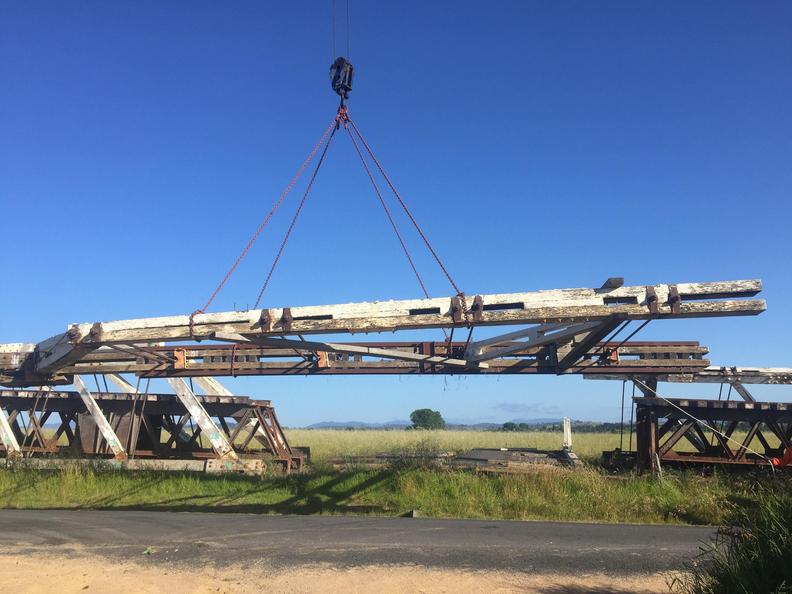
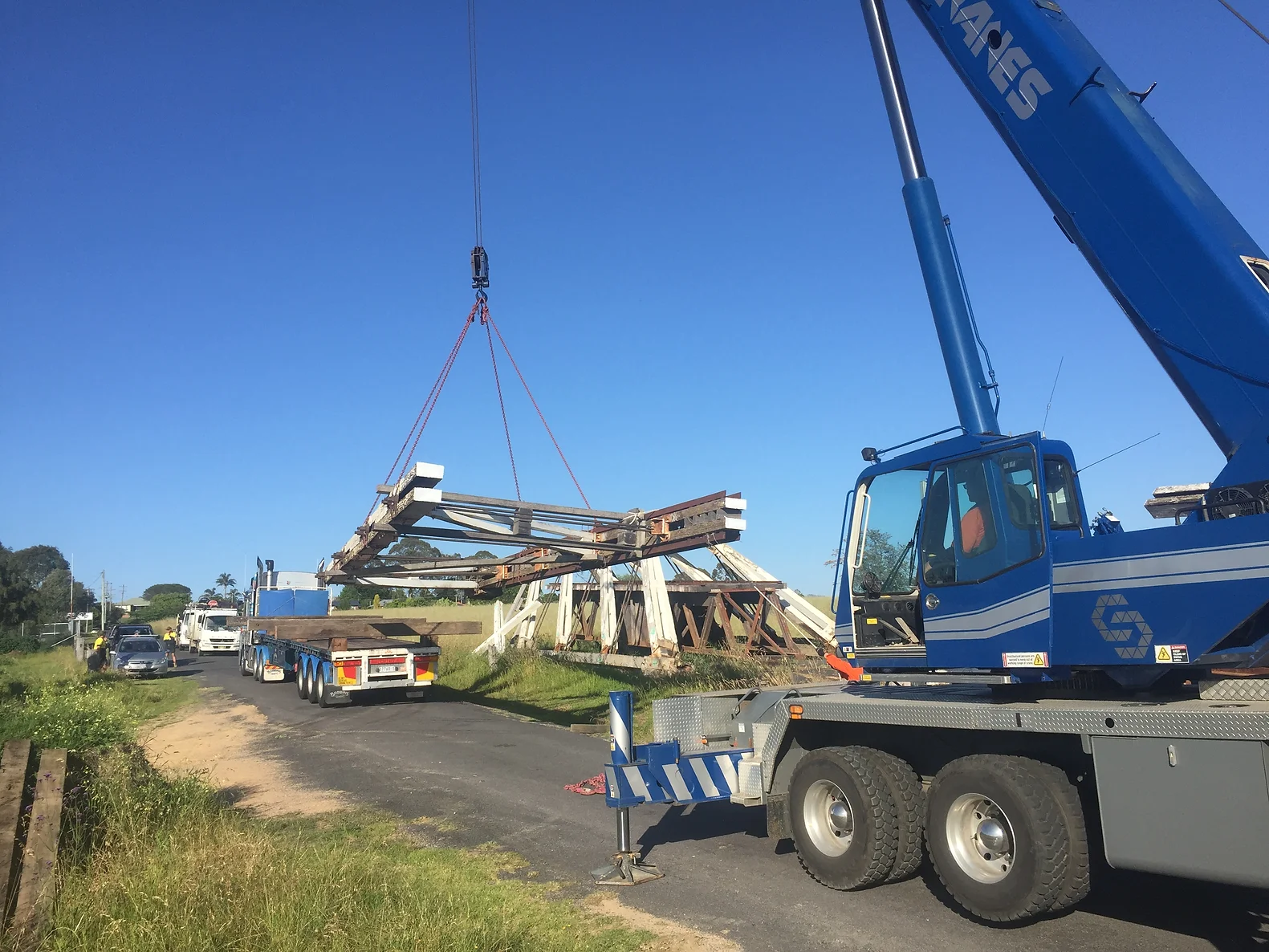
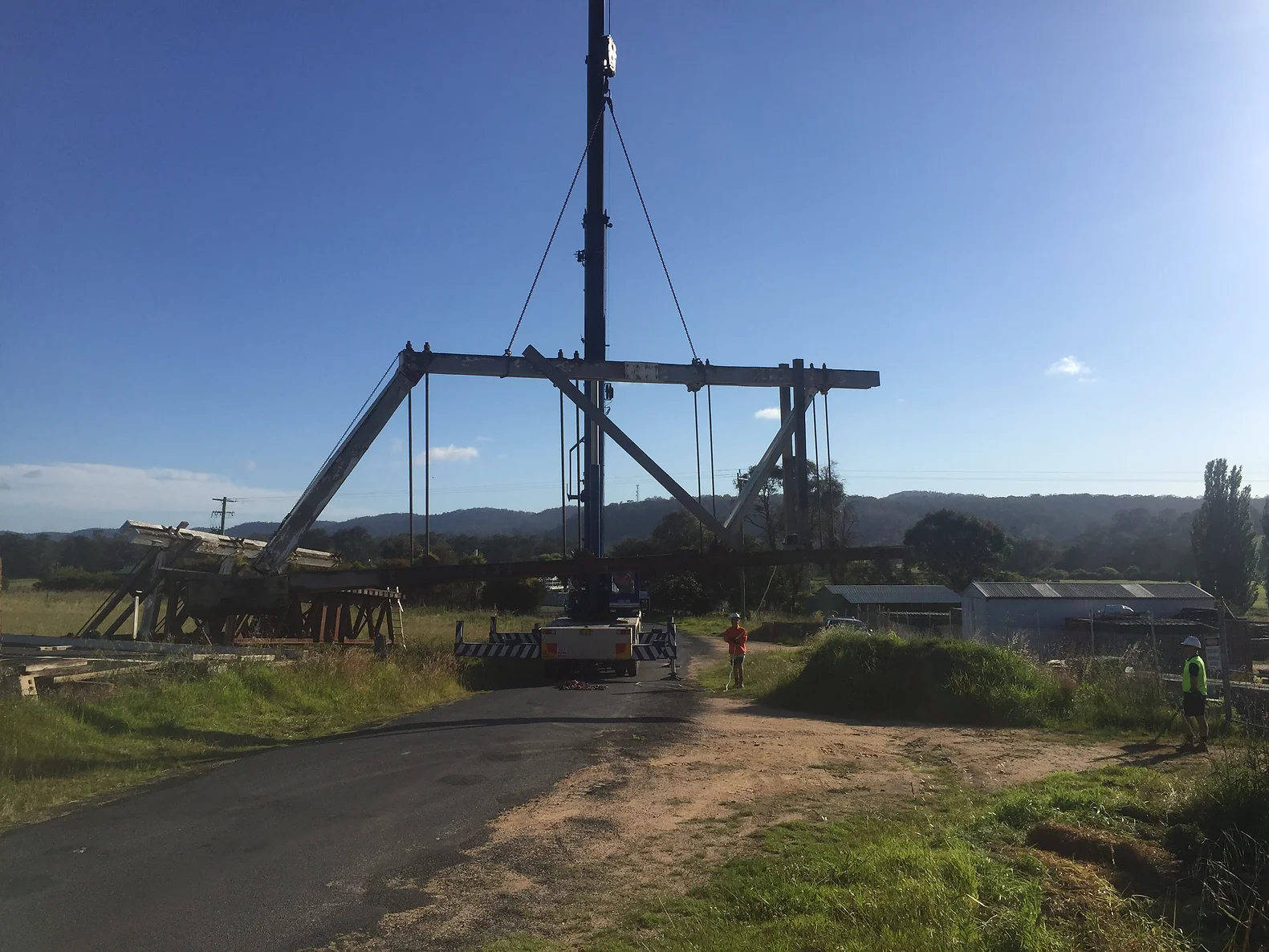
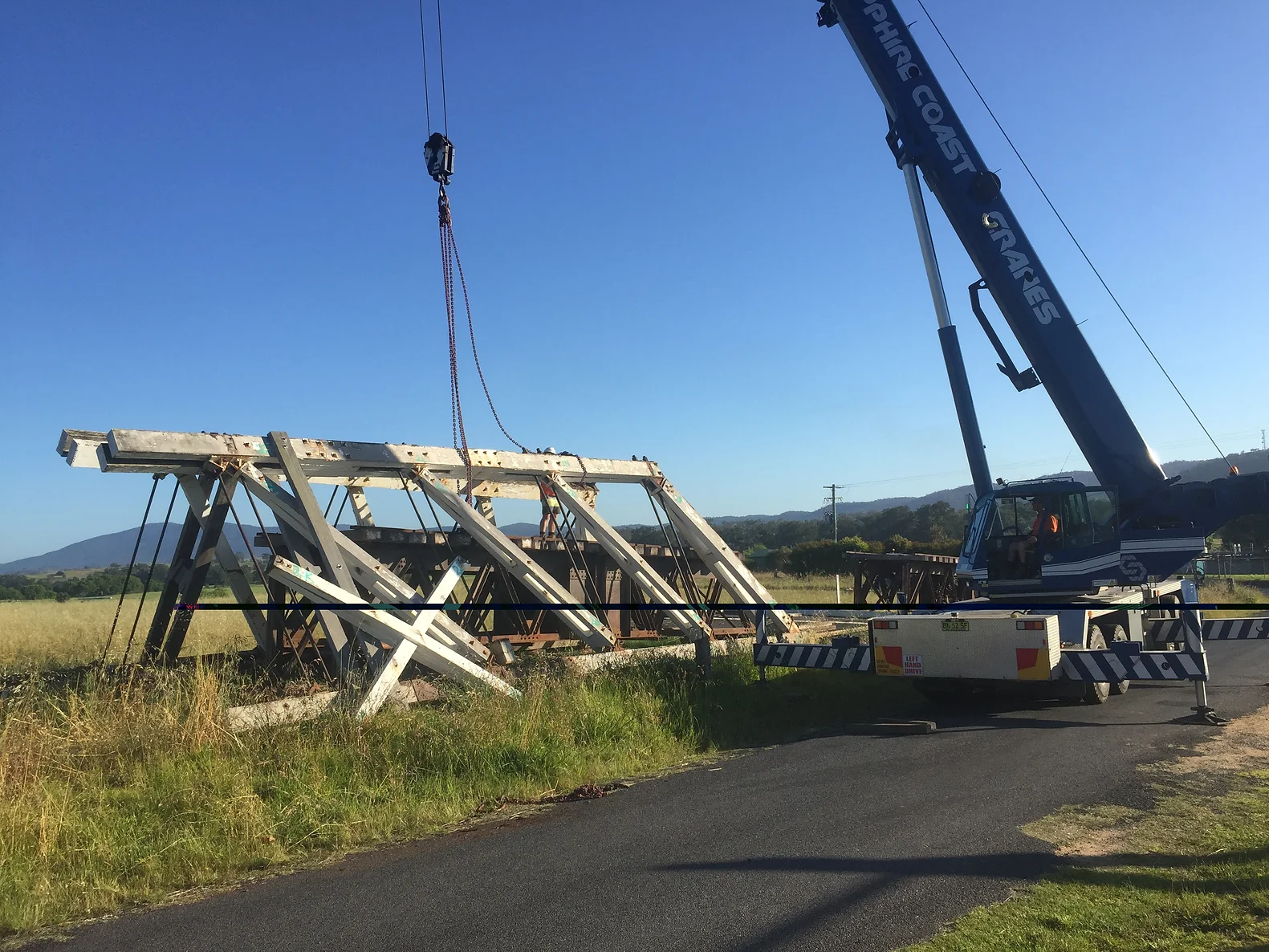
So why will the trusses be on the bridge?
Many locals would like to pay homage to the original bridge: its design, the local timbers, those who built it, and the many who have travelled upon it. And in a small way, we are also paying respect to the art of bridge building.
The timbers of Allan Truss bridges were an elegant system of tension and compression. They featured efficient maintenance with a low replacement of parts. Aesthetically, Allan truss bridges gently enhanced their surrounds through simple patterns and unimposing scales. The ironbark and box timbers used for construction helped give rise to bridges that blended with the Australian bush and lent a charming interest to our landscapes.
These trusses will bestow this aesthetic value on the new bridge and recognise the heritage value of this place.
The new bridge at Pretty Point will also symbolise our ever-changing world by juxtaposing the timbers and iron once used throughout this region for bridge building, with modern steel.
Our hope is that these trusses will serve as an ode to all that once was and continue contributing to the beauty of Pretty Point.
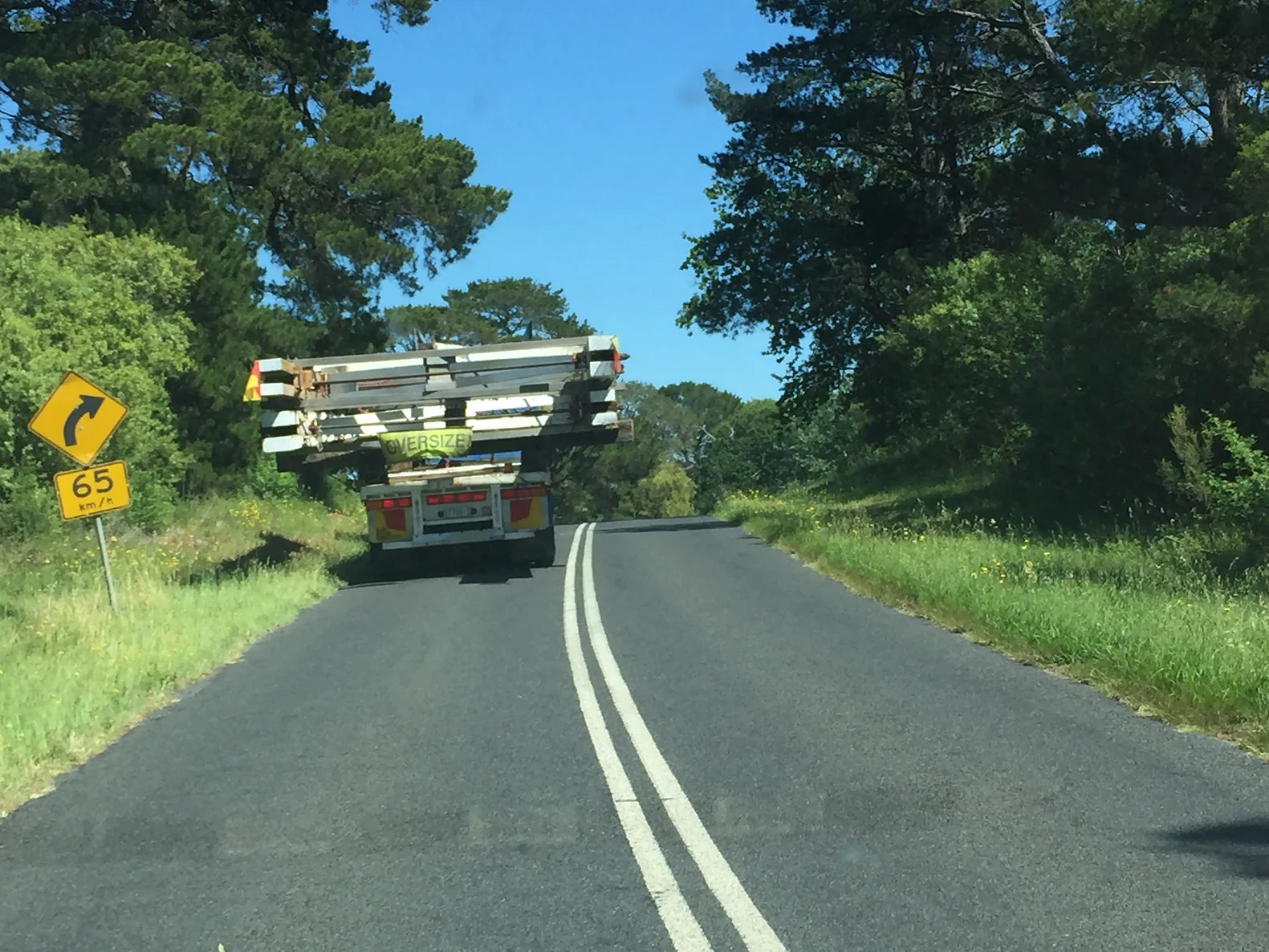
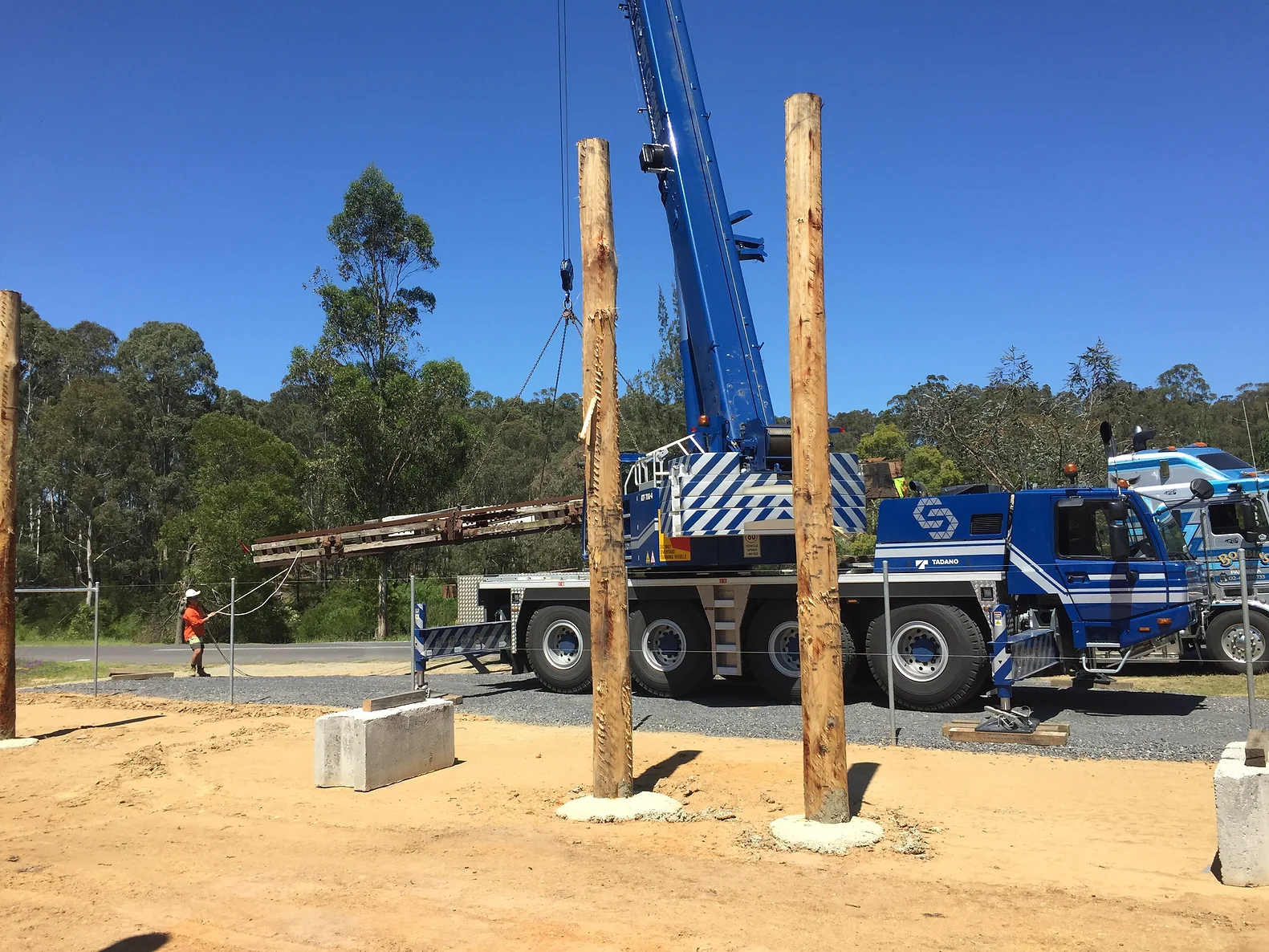
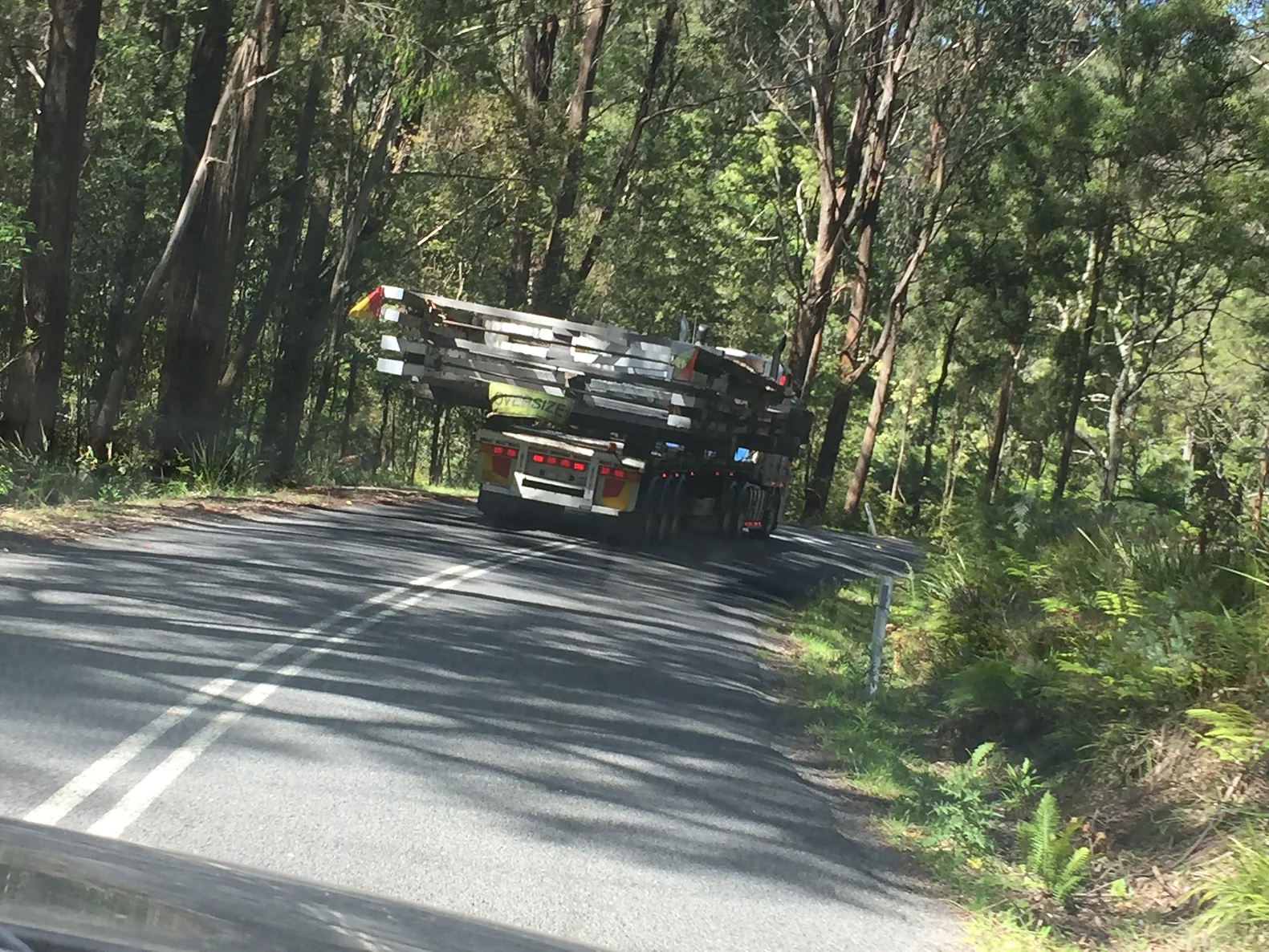
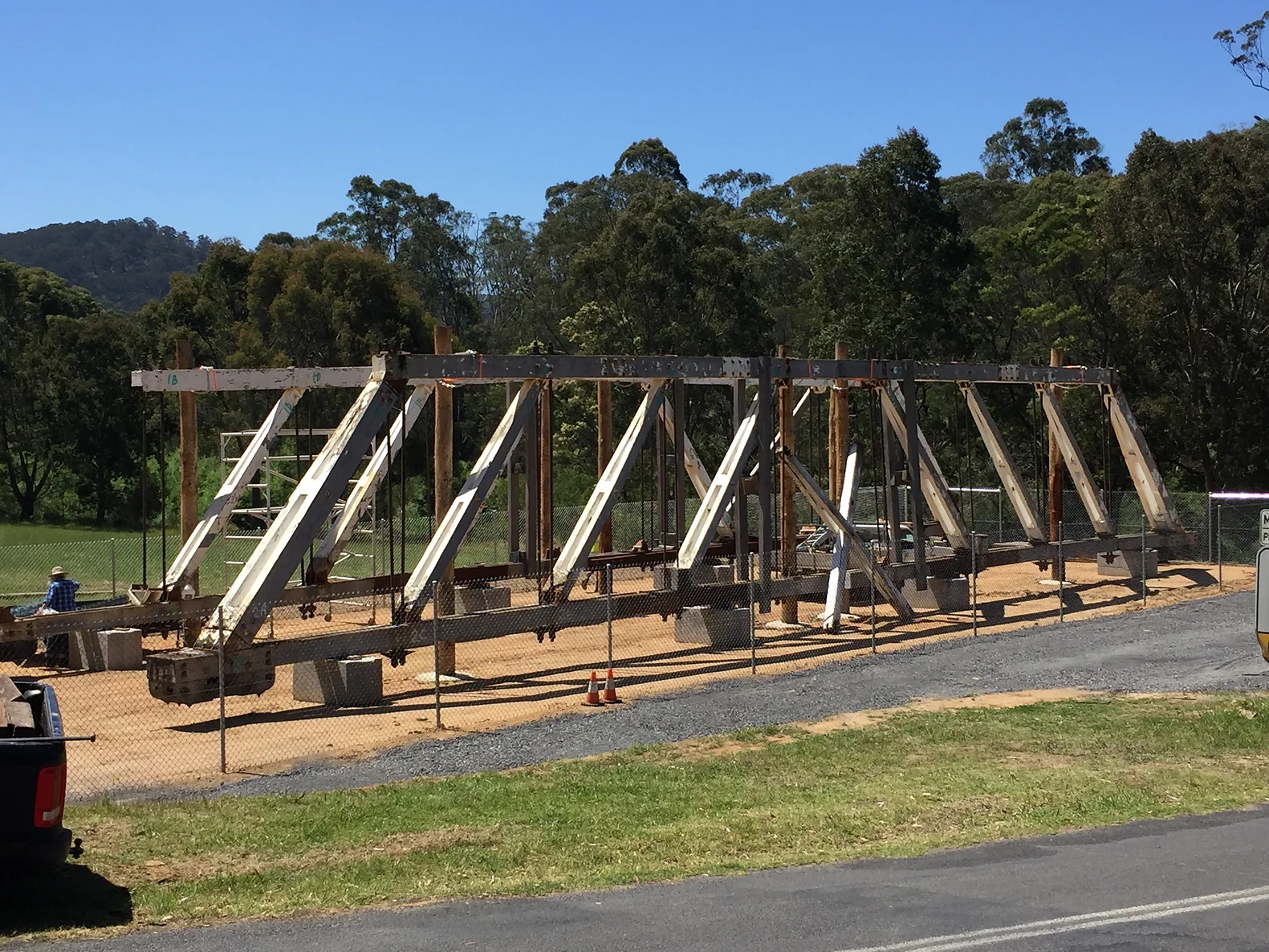
Works in Progress
A long-term project to preserve local heritage
In a recent structural repair, steel c-beams were bolted to the bottom-chord of the upstream truss and this reinforcement has now been removed. The upstream bottom chord has several deteriorated timbers, which are to be replaced with new tallow-wood sections, using bolted steel spice-plates, the same as in the original joints. The rest of the Coastal Grey Box timbers are still in sound condition, needing only a thorough pressure washing and several coats of paint for continuing preservation.
A number of broken cast-iron strut shoes do need to be replaced and reclaimed cast iron shoes have been obtained from NSW RMS. The stolen timber strut-assemblies will also be replaced with reclaimed parts, sourced from a similar Allan Truss bridge, becoming available in 2020.
The trusses were cut in half for their transport to Bega and rejoining will be done using the traditional bolted, splice-plate method, with 24mm bolts and 8mm steel plates. The rejoining will cause the timber struts and wrought-iron suspension rods to re-assume their structural roles and the truss will develop an arched camber and once again be self-supporting across its 90-foot span.
The bottom chords are in tension and consist of double 300mm x 125mm timber beams, with 4 steel splice-plates and 40 one-inch diameter bolts needed for each joint. The top chords are in compression and are double 340mm x 125mm timber beams. A timber spacer is used at each joint, with a steel splice-plate and 10 through bolts. Attention to detail to prevent water ingress is paramount for the longevity of the trusses in the weather.
More funding will be required to have these trusses fully restored and self-supporting and ready to stand beside the new bridge on its completion.
If you are interested in donating to this project we'd love to hear from you, please contact us.
You can visit the bridge site to see the trusses being restored in the compound. You can also view our series of signs explaining the history and processes. There are several new picnic areas for you to explore and enjoy the surrounds.
